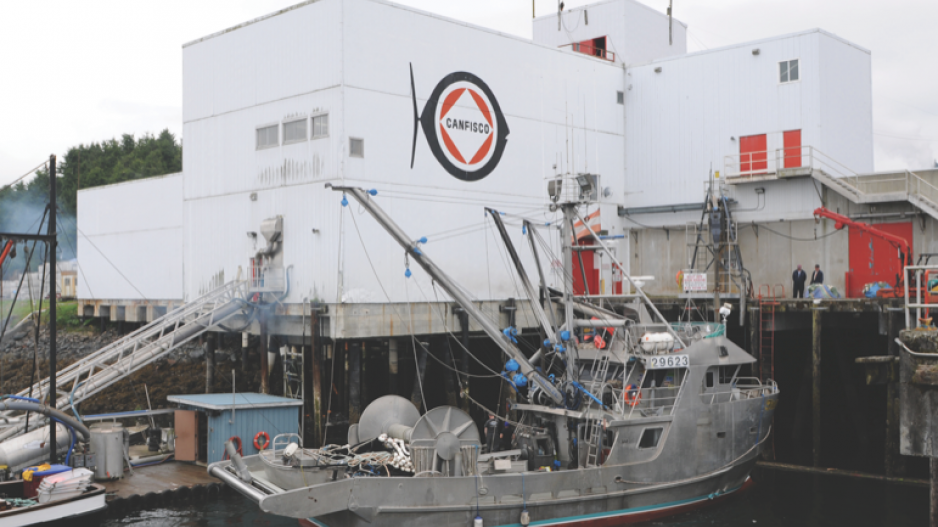It's the end of an era for B.C.’s fish cannery business. This year’s canning of wild salmon in Prince Rupert at B.C.’s only large fish cannery was the last.
Canadian Fishing Co. (Canfisco), which owns two fish processing plants in Prince Rupert, is shutting down the canning operations at one of its plants, and it will focus strictly on live and frozen fish processing.
Canfisco has two fish processing plants in Prince Rupert – Oceanside and Seal Cove. The Oceanside plant includes a canning operation that is no longer economically viable, said Rob Morley, Canfisco’s vice-president of product and corporate development.
The cannery was designed 30 years ago to process 400,000 to 500,000 cases of canned salmon per year.
“In the last decade, I think we’ve only hit half that number twice,” Morley said. “And this past summer in 2015, we only canned 40,000 cases.”
Both Canfisco plants will stay open but will process fish for only the fresh-caught and frozen markets.
Shutting down the canning operation will mean the loss of hundreds of seasonal jobs, according to Unifor, the union that represents the workers. Earlier this year, at its peak, the two Canfisco plants employed 450 people. The year before, it was 650 because there were strong salmon returns. Most of those jobs are seasonal and for short durations. Some might work only a few days or weeks, Morley said.
In addition to the seasonal workers, the cannery’s closure will affect roughly 20 tradespeople who operate and maintain the equipment. With the cannery’s closure, the company will need less than half that number.
The canning plant’s shuttering has prompted Unifor to call on the federal government to cancel the fishing licences that Canfisco holds, mostly in the seine fleet.
“Fish caught in Canadian waters should create good Canadian jobs,” said Joie Warnock, western director for Unifor. “There’s processing that can be done. My understanding is they’re still going to be doing canning. It’s going to be moving to Alaska.”
Asked if some of the fish caught in B.C. could end up going to Alaskan canneries, Morley said: “I doubt it. We’re putting this into frozen and fresh production.”
Morley said markets have changed, and fish processors simply don’t have much fish to can anymore, so companies like Canfisco are focusing strictly on the fresh and frozen markets.
“We really can’t afford to put any of the sockeye into cans anymore, and it used to be a large part of the pack up there. We used to can chum salmon, and we don’t can chum salmon anymore. So it’s really turned into just canning pink salmon. The volumes of pink have been somewhat inconsistent.”
Hundreds of canneries once dotted the B.C. coast. But a century of overfishing to feed those canneries may have contributed to a decline in Pacific salmon populations.
More recently, DFO has been cutting back on the harvest rates for the commercial sector, allocating more fish to First Nations and allowing for higher escapements, in an attempt to build fish stocks back up.
“Department of Fisheries and Oceans have sufficiently cut back on harvest rates in an attempt to build some of these runs, and they’re just not responding,” Morley said.




